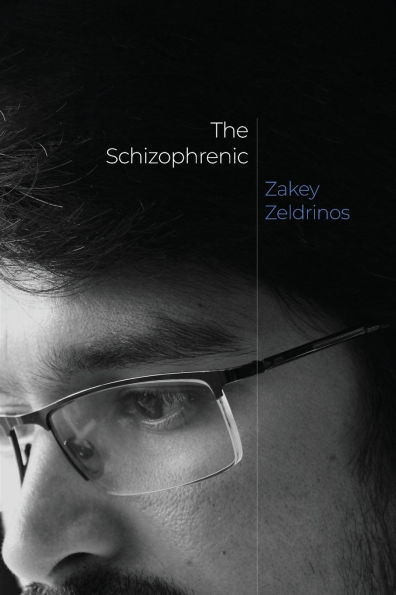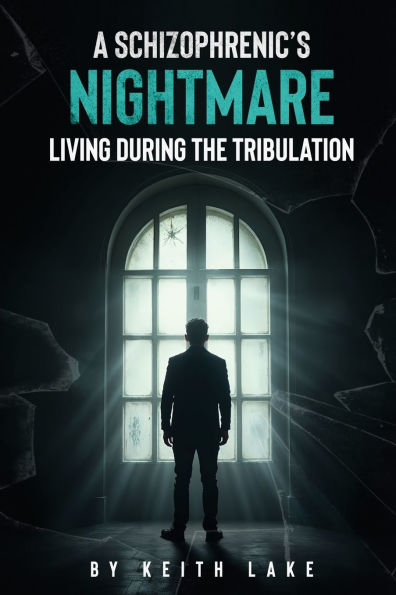Home
Adjustment of Schizophrenics in the Community
Barnes and Noble
Loading Inventory...
Adjustment of Schizophrenics in the Community in Franklin, TN
Current price: $54.99

Barnes and Noble
Adjustment of Schizophrenics in the Community in Franklin, TN
Current price: $54.99
Loading Inventory...
Size: OS
The mental health movement of early release into the community of the chronic schizophrenic has been based on a set of old theoretical assumptions and expectations which, when tested on the community level, failed to meet the desired results. On the contrary, the first visible outcome of deinstitutionalization was the revolving door policy with the patients repeatedly in and out of the hospital, changing their previous status of inpatient to the new one of pseudoam bulatory. Yet, this would not be a serious problem if the life of the patient in the community, in between rehospitalizations, was beneficial to him and to the community. However, the quality of life experienced by the patients in the community appears to be deplorable. Available statistics indicate that over 70% of chronic schizophrenics discharged into the community live a marginal, unproductive, aimless life in dilapidated hotels or private proprietary homes. Certainly, though there are various scattered community programs for the rehabilitation of the schizophrenic, the results are far from encouraging. With these basic facts in mind, we have to ask ourselves: What went wrong with deinstitutionalization? Apparently in the process of hasty deinstitutionaliza tion, too many issues were overlooked by the community mental health planners. The most critical factor neglected by the policy makers was the establishment of more realistic criteria for the patient who can or cannot function in the community.
The mental health movement of early release into the community of the chronic schizophrenic has been based on a set of old theoretical assumptions and expectations which, when tested on the community level, failed to meet the desired results. On the contrary, the first visible outcome of deinstitutionalization was the revolving door policy with the patients repeatedly in and out of the hospital, changing their previous status of inpatient to the new one of pseudoam bulatory. Yet, this would not be a serious problem if the life of the patient in the community, in between rehospitalizations, was beneficial to him and to the community. However, the quality of life experienced by the patients in the community appears to be deplorable. Available statistics indicate that over 70% of chronic schizophrenics discharged into the community live a marginal, unproductive, aimless life in dilapidated hotels or private proprietary homes. Certainly, though there are various scattered community programs for the rehabilitation of the schizophrenic, the results are far from encouraging. With these basic facts in mind, we have to ask ourselves: What went wrong with deinstitutionalization? Apparently in the process of hasty deinstitutionaliza tion, too many issues were overlooked by the community mental health planners. The most critical factor neglected by the policy makers was the establishment of more realistic criteria for the patient who can or cannot function in the community.

















